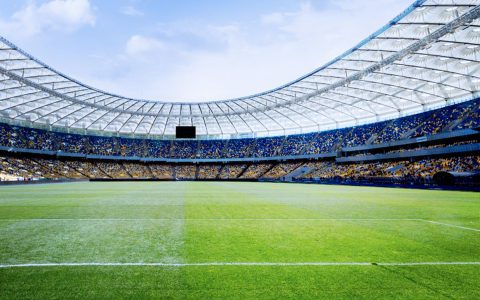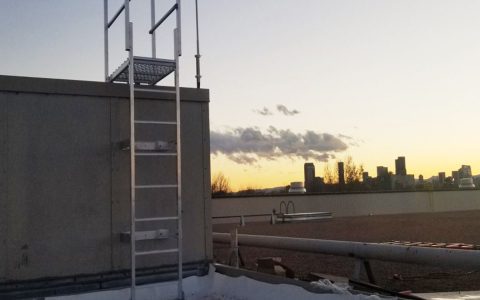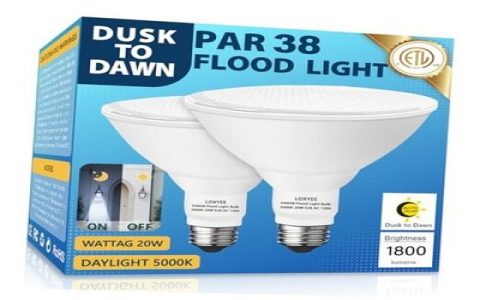The evolution of stadium design prioritizes sustainability, flexibility, and immersive technology integration. Achieving next-generation excellence requires focus on these core pillars:
Core Principles for Future Stadiums
- Sustainability as Foundation: Utilize mass timber structures, recycled steel, and low-carbon concrete. Integrate comprehensive rainwater harvesting, greywater reuse systems, and on-site renewable energy generation (solar canopy/PV façades). Target Net-Zero operational energy and water usage through passive design and high-efficiency systems.
- Hyper-Flexibility: Design seating bowls, concourses, and service cores for rapid reconfiguration. Implement advanced modular seating systems, movable walls/partitions, and adaptable service grids (power, data, HVAC) to seamlessly transition between event scales – major sports, concerts, e-sports, conventions, community events – within short timeframes.
- Technology as Enabler: Embed ubiquitous, high-density, future-proofed digital infrastructure. This includes pervasive low-latency Wi-Fi 6E/7, extensive fiber optics, integrated IoT sensors for environmental control/crowd flow, and robust power/data access points throughout seating and concourses to support AR/VR experiences, cashless operations, and personalized services.
- Enhanced Fan-Centricity: Optimize sightlines, legroom, and comfort in all seating categories. Design frictionless ingress/egress with AI-driven crowd flow modeling and multi-modal access (transit, pedestrian, bike). Prioritize diverse F&B offerings, spacious amenity-rich concourses, gender-neutral facilities, and inclusive design for accessibility.
Expert Technical Imperatives
- Design for Extreme Weather: Incorporate robust climate resilience – elevated structures in flood zones, advanced HVAC for heat/cold, storm-resistant cladding, and integrated energy storage (thermal/battery) for grid independence during disruptions.
- Material Science Integration: Specify advanced materials: self-healing concrete, photocatalytic coatings for air purification, ETFE cushions optimized for thermal/acoustic performance, and high-reflectivity roofing to combat urban heat islands.
- Legacy Planning: Structure core elements (bowl geometry, vertical circulation cores, major MEP) with a 75-100+ year lifespan. Demountable components (façades, interiors, tech systems) should be designed for easy replacement or upgrade without structural compromise.
- Data-Driven Operations: Integrate Building Management Systems (BMS) with real-time IoT data for predictive maintenance, dynamic resource allocation (energy, staffing, security), and continuous optimization of fan experience and operational efficiency.
Success lies not just in bold aesthetics, but in fundamentally rethinking stadiums as adaptable, resilient, tech-infused community assets designed for decades of sustainable operation and evolving spectator demands.







